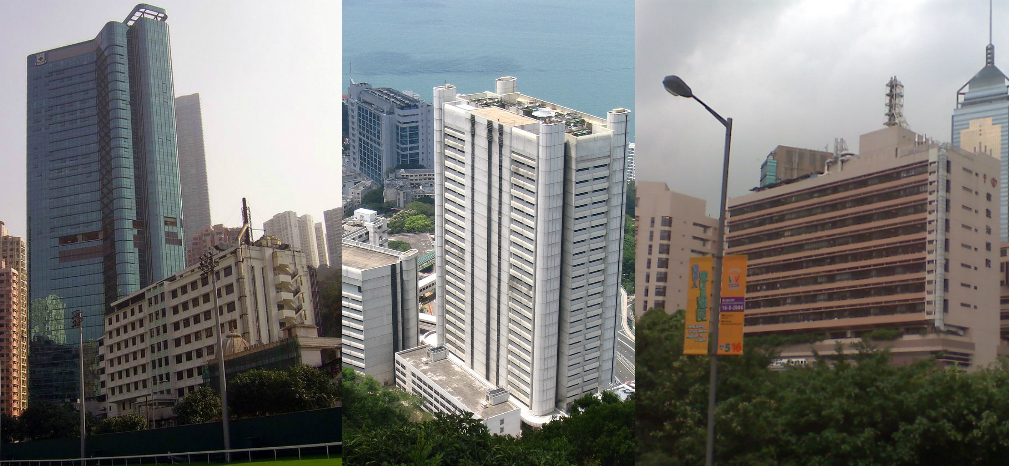As a native Hongkonger, I’d always taken the city’s healthcare system for granted. Maybe that’s why I felt so blindsided by my recent experience of being shuffled from one hospital to another — then another — during an 11-day journey through a system clearly lacking in both beds and manpower.
It was a Tuesday morning when I woke up with massive back pain that only became more intense after I arrived at work. I felt nauseous and dizzy. My heart was beating much faster than normal.
Terrified by what I was feeling, I sought to avoid the notoriously long waiting lists at the emergency units of the city’s public hospitals, and headed for the Hong Kong Sanatorium and Hospital, a privately-owned hospital in Happy Valley.
There, I was diagnosed with a collapsed right lung.
This meant the space between the wall of the chest cavity and the lung itself had been filled with air, causing the collapse. In some cases, this can be caused by an external injury to the body, but in my case, the cause was unknown.
“You need to be admitted to the hospital right away,” the doctor said. “But we don’t have a bed for you here.”
I was told that I needed to be transferred to the nearby government-run Ruttonjee Hospital in Wan Chai. I was then quickly administered oxygen and put on a stretcher — for which I’d pay later by credit card — then waited for the ambulance to arrive.
A spokeswoman for the Hong Kong Sanatorium and Hospital later said its more than 500 beds were completely full 80 per cent of the year.
In what were easily the most excruciating 15 minutes of my life, the doctor at Ruttonjee performed a relatively minor operation to drain the air out of my chest cavity and properly re-inflate my lung. I was then taken to a general female medical ward, where I would remain bedridden for days.
Finally, one morning, the doctor came to my bedside with bad news — another surgery would be necessary as the chest drain had been ineffective.
I was then told that I had to go to Queen Mary Hospital, another public hospital, one with a reputation for providing complex and advanced health services. But again, there were no beds available.
Despite the many questions I asked, the doctor at Queen Mary was unable to specify a time frame for the surgery.
“It might happen tomorrow, this weekend, or next week. We don’t know,” the doctor said.
I got lucky. The very next morning, an appointment was confirmed for the operation, which would take place a few days from then.
During my 1½-week stay at two public hospitals, I witnessed patients with chronic illnesses waiting days – or even weeks – for surgery. The same nurses who attended me in the morning were often there in the evening as well, seemingly pulling double shifts.
One patient I spoke to at Queen Mary told me her operation had been canceled at the last minute because priority was given to an injured person in a traffic accident. Another said the doctor had been forced to perform minor surgery on her in her hospital bed because there was no room in the operating theatre.
My procedure went well, and I was discharged four days later, and apparently just in time. On my last day, a nurse confided she was having trouble finding extra beds for a new group of patients.
In a phone call later with the spokeswoman for the Hospital Authority, which manages all public hospitals in Hong Kong, I was assured that the Authority had been faithfully upholding the government’s health service, and that “no one will be denied medical care due to lack of means.”
But as dramatic as my experience might sound, it’s far from unique. This is the reality of Hong Kong’s hospitals — understaffed, overcrowded, and a problem that will only grow worse with time unless there is greater will to fix it from our city’s leaders.
Yupina Ng is a Hong Kong-based journalist.





Reader Interactions